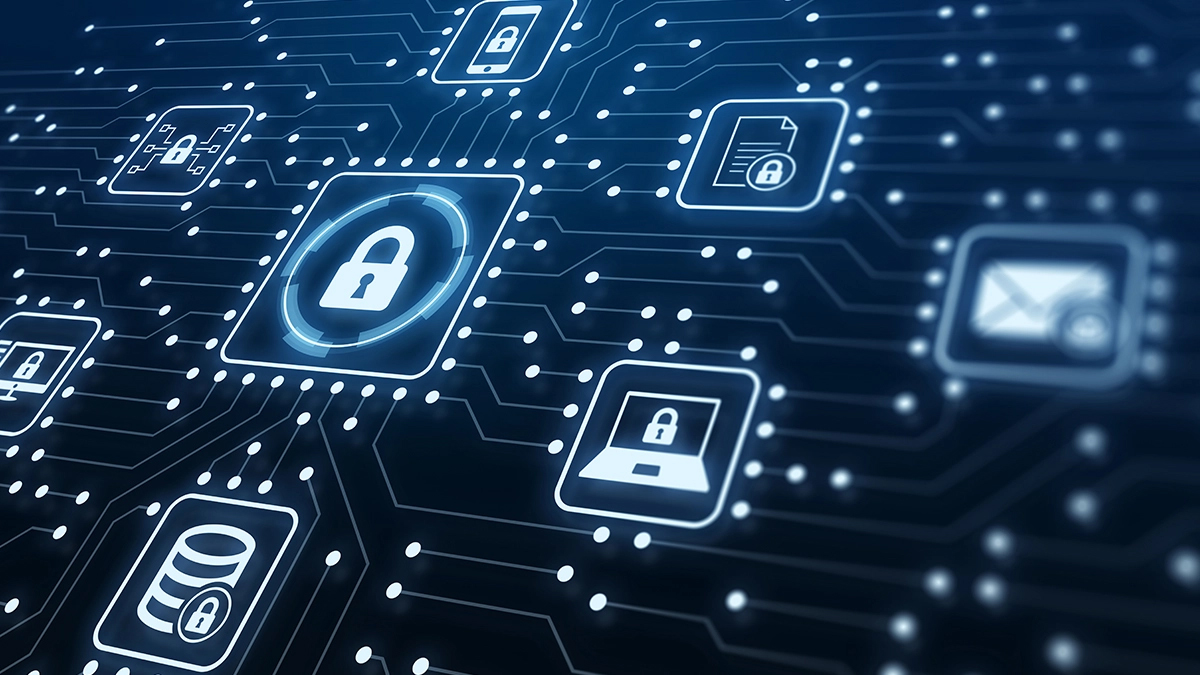The Basics of Cybersecurity
As an IT professional, you likely have a solid understanding of cybersecurity. However, it’s always important to review the basics and keep up-to-date with the latest threats and best practices. Cybersecurity refers to the practice of protecting digital devices, networks, and data from unauthorized access, theft, and damage.
Cybersecurity involves a range of technologies, processes, and practices that help ensure the confidentiality, integrity, and availability of information systems. Some of the key components of cybersecurity include:
- Network Security: This involves securing your organization’s network by implementing firewalls, intrusion detection and prevention systems, and other security measures to prevent unauthorized access and attacks.
- Endpoint Security: This involves securing individual devices, such as computers, laptops, and smartphones, with antivirus software, firewalls, and other security measures to prevent malware, viruses, and other threats.
- Application Security: This involves securing software applications, such as web applications and mobile apps, by implementing secure coding practices, testing for vulnerabilities, and using encryption to protect sensitive data.
- Data Security: This involves protecting sensitive data, such as personal and financial information, by implementing access controls, encryption, and other security measures to prevent unauthorized access and theft.
- Incident Response: This involves preparing for and responding to security incidents, such as cyber attacks or data breaches, by having a plan in place and the necessary tools and resources to quickly detect and respond to threats.
As an IT professional, it’s important to stay up-to-date with the latest cybersecurity news, threats, and best practices. This includes regularly reviewing and updating security policies and procedures, implementing security awareness training for employees, and keeping your software and hardware up-to-date with the latest security patches and updates. By taking a proactive approach to cybersecurity, you can help protect your organization’s data and systems from cyber threats.
One of the most widely adopted cybersecurity frameworks is the National Institute of Standards and Technology (NIST) Cybersecurity Framework, which provides a comprehensive set of guidelines for organizations to manage and reduce cybersecurity risk. The framework consists of five key functions:
- Identify: This involves identifying your organization’s critical assets, systems, and data, as well as the risks and threats that could impact them.
- Protect: This involves implementing safeguards, such as access controls, encryption, and security awareness training, to protect your organization’s assets from cyber threats.
- Detect: This involves implementing systems and processes to quickly detect and respond to security incidents, such as intrusion detection systems and security monitoring tools.
- Respond: This involves having a plan in place to respond to security incidents, including incident response teams and communication plans.
- Recover: This involves having a plan in place to recover from security incidents, including data backup and disaster recovery plans.
Other cybersecurity policies and frameworks, such as the ISO 27001 and CIS Controls, provide similar guidelines and best practices for managing cybersecurity risk. These policies and frameworks are regularly updated to reflect the latest threats and best practices, so it’s important to stay up-to-date with the latest revisions and recommendations. Additionally, organizations should tailor their cybersecurity policies and procedures to their specific business needs and risk profile.








